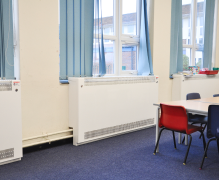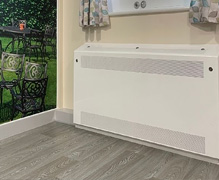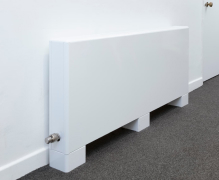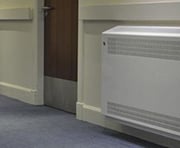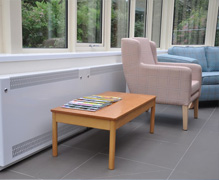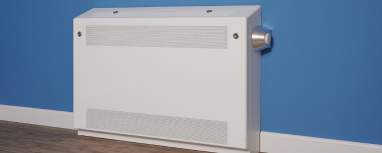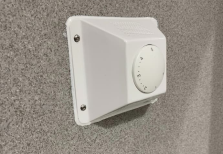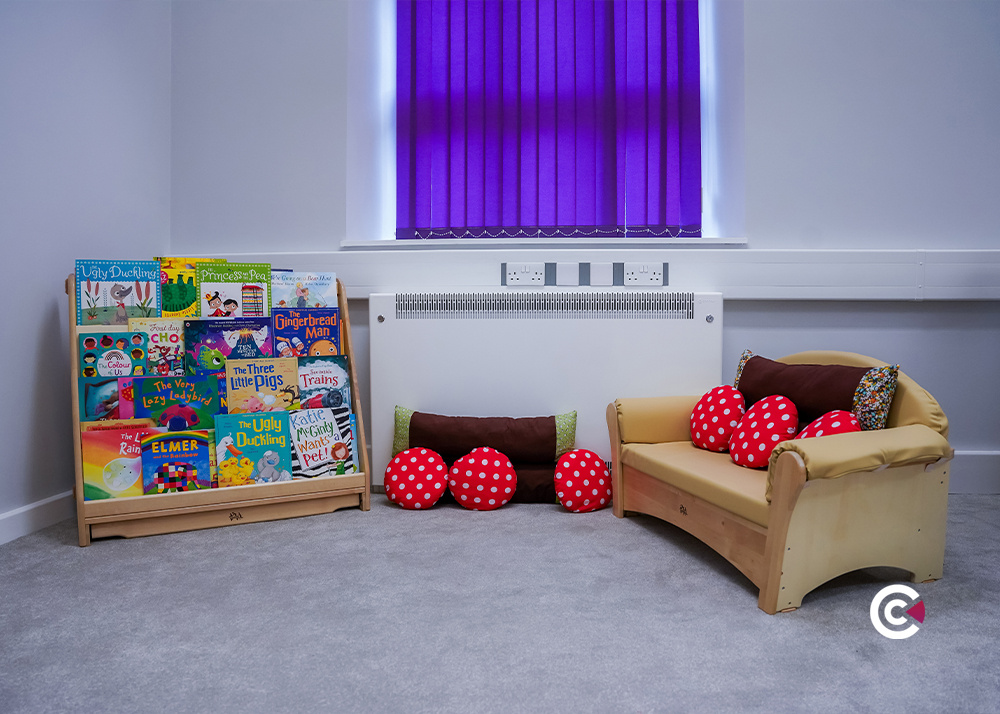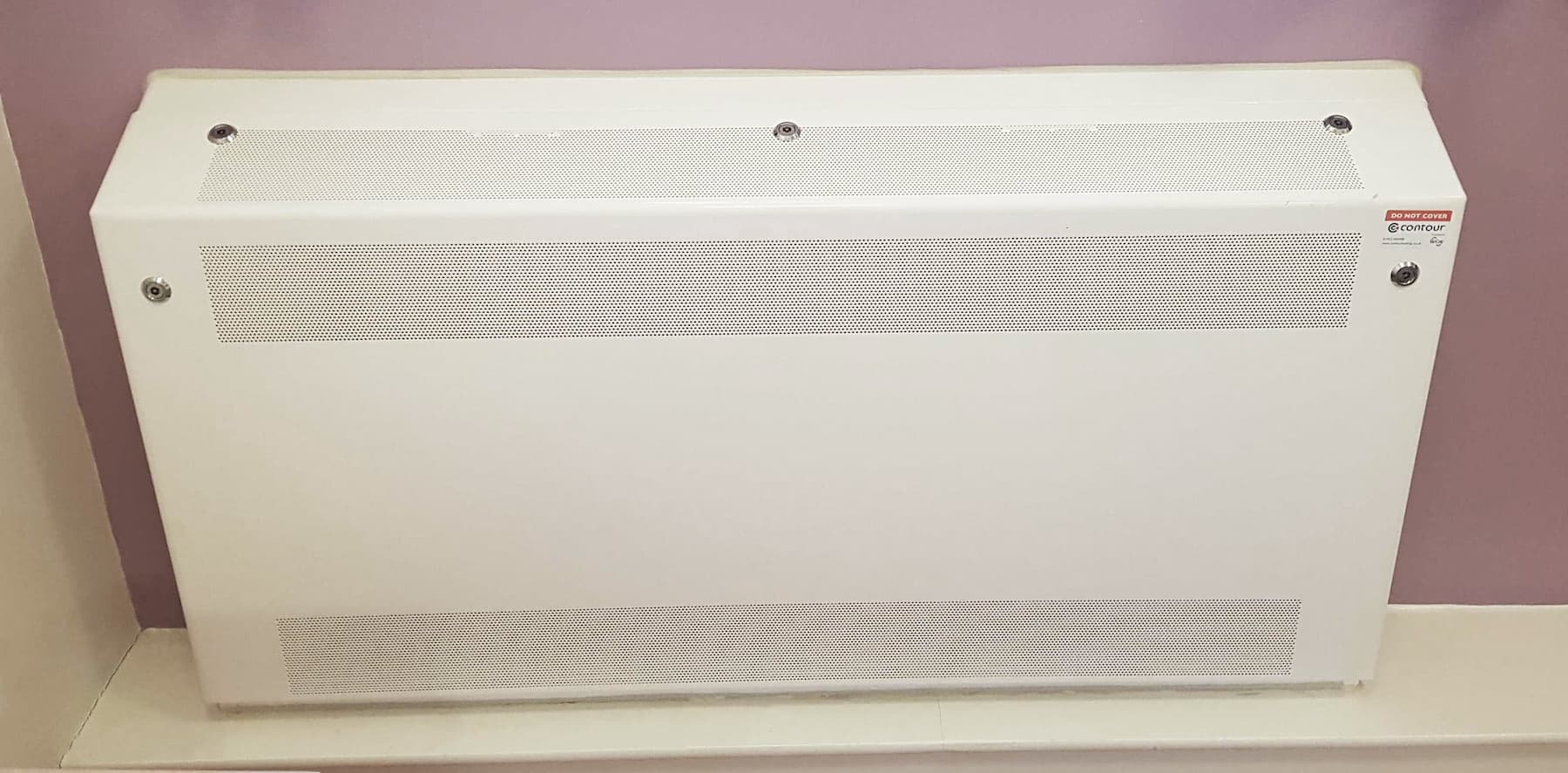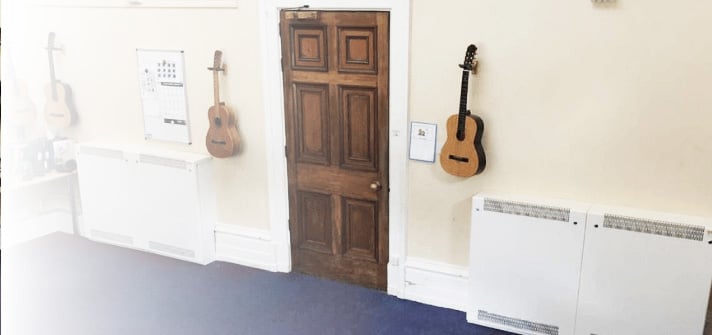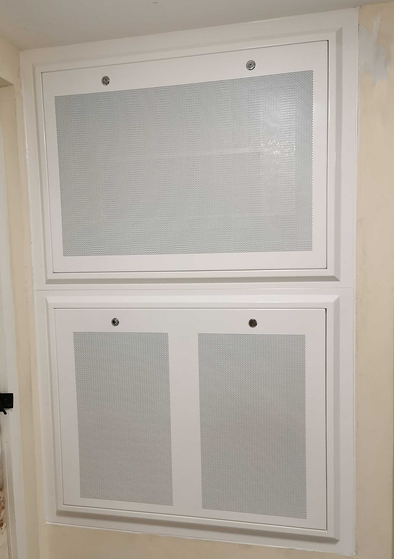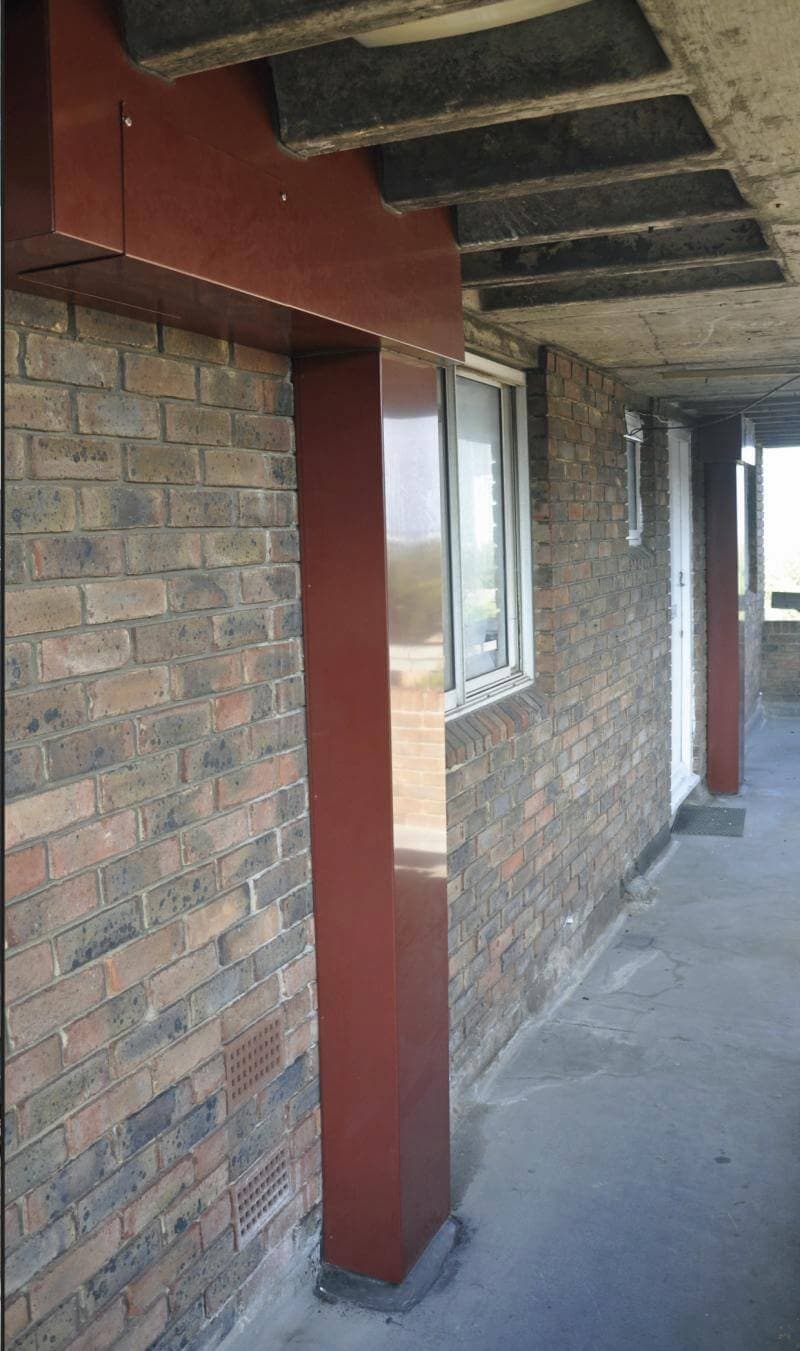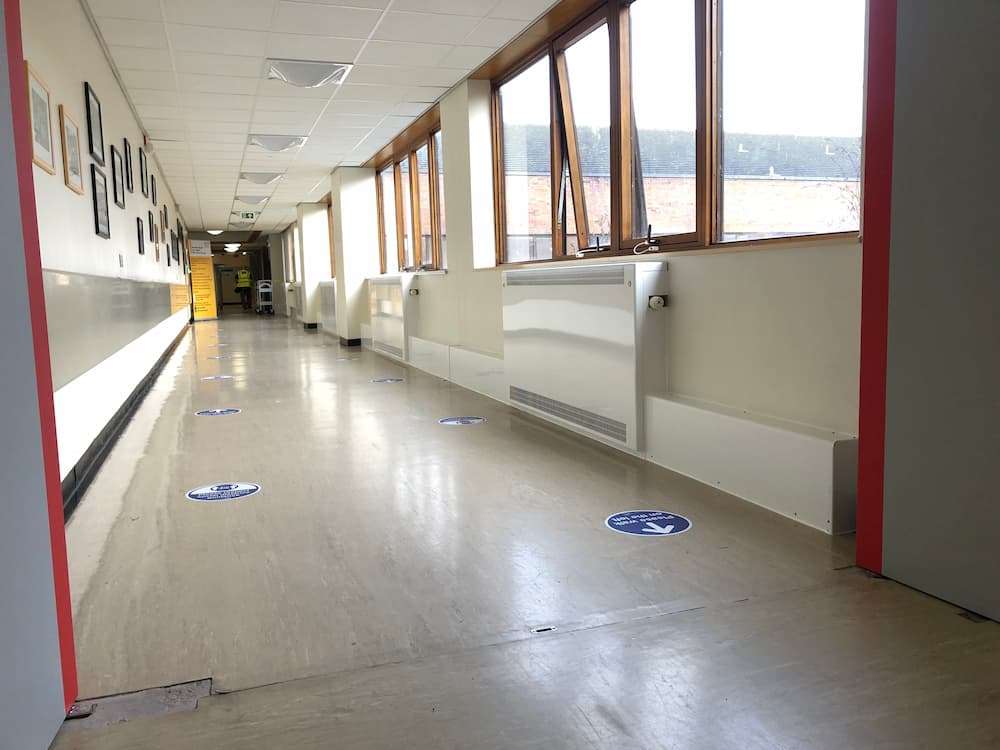When it comes to safeguarding vulnerable environments—such as mental health facilities, special education schools, and high-security settings—the protection of windows is a critical consideration.
The cost of implementing effective window protection varies depending on several factors, including:
- the type of protection required
- the complexity of installation, and
- the specific needs of the facility.
Understanding these costs is essential for facility managers, architects, and decision-makers who are responsible for creating safe and secure environments.
This article examines the five key factors that affect the cost of window protection and offers guidance on making informed decisions to effectively budget for these essential safety solutions.
Factors Influencing the Cost of Window Protection
Several key factors influence the overall cost of window protection in vulnerable environments:
1. Type of Window Protection
- Anti-ligature Window Units: These are specialised full window units designed to prevent self-harm by eliminating ligature points. As they require complete window replacement in retrofitting situations, the cost can be significant. These windows are mainly used in new constructions or major renovations of mental health facilities, where safety is paramount.
- Anti-ligature Window Protectors: Unlike full window replacements, these protectors can be fitted over existing windows to protect the glazing, enhance security and bolster safety within the facility. They are less expensive than full window replacements because they are added to existing windows rather than requiring complete removal and installation of new units.
- Window Restrictors: These devices are fitted to window frames to limit how far a window can open. However, they do not provide protection to the glass itself, which is a consideration in environments where impact resistance is also a concern. They are however inexpensive compared to other options.
- Window Bars and Grilles: Typically used in high-security environments, these fixed barriers are designed to prevent unauthorised entry or escape. While they are effective in providing a physical barrier, they do not protect the glass and may detract from the aesthetic appeal of a facility, potentially affecting the well-being of occupants. Costs can vary depending on the materials used and the complexity of installation.
- Standard Window Protectors: These are protective units that fit over existing windows but lack anti-ligature features. While more cost-effective than specialised anti-ligature windows, they may not provide the level of protection needed in high-risk environments.
2. Customisation and Bespoke Solutions
Customisation significantly impacts the cost of window protection solutions.
Facilities with unique architectural requirements or specific safety needs may require bespoke solutions, which can include:
- custom sizes
- colours
- tints
- fittings.
Customisation ensures that the window protectors fit perfectly and meet the facility’s specific needs, but it can also increase costs compared to more standard, off-the-shelf products.
3. Installation Complexity
The complexity of the installation process is another key factor in the overall cost.
Anti-ligature window units, for example, require the complete removal of existing windows, which can involve significant labour and disruption.
In contrast, window protectors and restrictors that can be retrofitted to existing structures are generally less disruptive and less costly to install.
Facilities operating around the clock, such as hospitals or care homes, may incur additional costs related to minimising disruption during installation.
4. Compliance and Regulatory Requirements
Ensuring compliance with relevant safety regulations and building regulations can also influence costs.
Products that are fully compliant with stringent safety standards, such as those required in mental health facilities or listed buildings, may come at a premium. However, investing in compliant products is essential to avoid potential legal issues and to ensure the safety of occupants.
5. Maintenance and Longevity
While the initial cost is a significant consideration, ongoing maintenance and the expected lifespan of the window protection solutions also affect the overall investment.
Products that are low-maintenance and durable, such as those incorporating materials like polycarbonate or stainless steel, may have higher upfront costs but can be more cost-effective over time due to reduced maintenance needs and longer service life.
Estimating Typical Costs
Given the variety of options and factors at play, providing a precise cost estimate for window protection in vulnerable environments can be challenging.
As windows vary significantly in size and design, it is extremely difficult to give a generalised cost for window protection as there are so many factors involved.
Bars, grilles and restrictors are the cheapest option, but they do not offer the same safety and security of new full window coverings.
Window Protectors (both standard and anti-ligature) that can be fitted over existing window units will be significantly less expensive that full window unit replacements.
Making an Informed Investment
When budgeting for window protection in vulnerable environments, it is crucial to consider both the immediate and long-term needs of the facility.
While cost is an important factor, it should not be the sole consideration. The safety, security, and well-being of occupants must remain the top priority.
Investing in high-quality, compliant, and durable solutions will pay off in terms of reduced risk, lower maintenance costs, and enhanced safety.
Facility managers and decision-makers should also explore the full range of options available on the market, from anti-ligature windows to less invasive solutions like window restrictors.
Consulting with experts who can provide tailored advice and cost estimates based on the specific needs of the facility can ensure that the chosen solution is both effective and cost-efficient.
Find Out More
For more detailed advice, to book a free site survey, or to explore the range of window protection options available, click here to learn more about our specialised solutions, or contact a member of our team.
-1.png)


